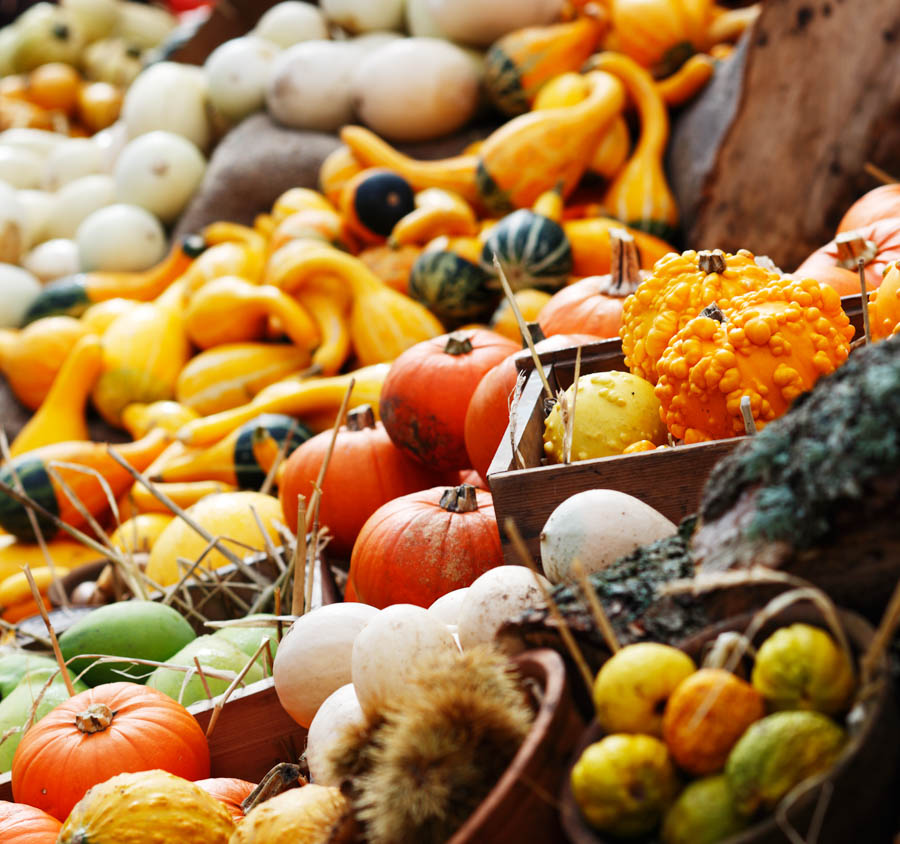What are the Differences Between Summer Squash and Winter Squash?: A GardenZeus Guide

The terms “summer squash” and “winter squash” have confused many a gardener; they refer to the time of year that the different squash varieties are traditionally eaten. These terms for squash don’t have a clear or precise botanical or taxonomic meaning.
The terms “summer squash” and “winter squash” do NOT refer to:
- the season when the squash should be planted
- the season when squash plants grow best
- the time of year when squash fruits are harvested
Summer squash varieties are usually eaten when fruits are immature, while their skins or rinds are still soft and before seeds are produced. They don’t store well, usually weeks at the longest, and are typically eaten shortly after harvest. Because fruits are harvested young, summer squash plants are often very productive. In the case of zucchini, if fruits are harvested regularly when small, an individual plant may yield dozens of fruits while it tries to produce mature seeds. Summer squash varieties are generally early, with first fruits ready for harvest much earlier than winter squash, often within 50 to 65 days after germination. Fruits are harvested small, usually a few-to-several inches in length or diameter, often under a pound and rarely more than two pounds in weight.
The majority of summer squash varieties are bushy, upright, and compact in growth habit as compared to winter squash. Vining summer-squash varieties produce shorter vines, usually not longer than 4 to 8 feet, and don’t turn into the massive, sprawling giants that are typical for some varieties of winter squash. All of the common summer squash varieties, and nearly all summer squash period, belong to the species <i>Cucurbita pepo </i> which also produces winter squash varieties and pumpkins.
Winter squash fruits are grown to full maturity, produce hard outer rinds or shells, and generally contain seed cavities and viable seeds at harvest. The name “winter squash” refers to the potentially long period that squash fruits can be stored fresh (usually at least several weeks and up to several months for some varieties); traditionally they were eaten during winter when most other vegetables were not available.
Winter squash need a long growing season, about 80 to 90 days for early varieties, and up to 120 days or longer for some varieties. They produce fewer fruits, usually 3 to 12 fruits per plant, but often make up for small quantity with large size; many varieties produce individual fruits of 5 to 15 pounds or more, and some produce giant fruits of 40 pounds or more. Compact, bushy, and short-vined winter-squash varieties are available for small gardens, but as a general rule winter squash need lots of space, with vines of 20 feet or longer normal for some varieties.
At least 5 different cucurbit species produce varieties that are considered winter squash. The most popular varieties are from 3 species: Cucurbita pepo (acorn, delicata, and spaghetti squash plus summer squash, zucchini, and some pumpkins); Cucurbita maxima (banana, hubbard, lakota, turban, and many other varieties); and Cucurbita moschata (butternut, cheese squashes, and some pumpkins). For a detailed explanation of winter squash species and varieties, see “Making Friends with Winter Squash: A GardenZeus Guide to Types, Species, and Characteristics”
For some squash varieties, a single plant can produce fruits that are harvested young with soft rinds as summer squash; and also later on, as mature fruits with hard rinds as winter squash.